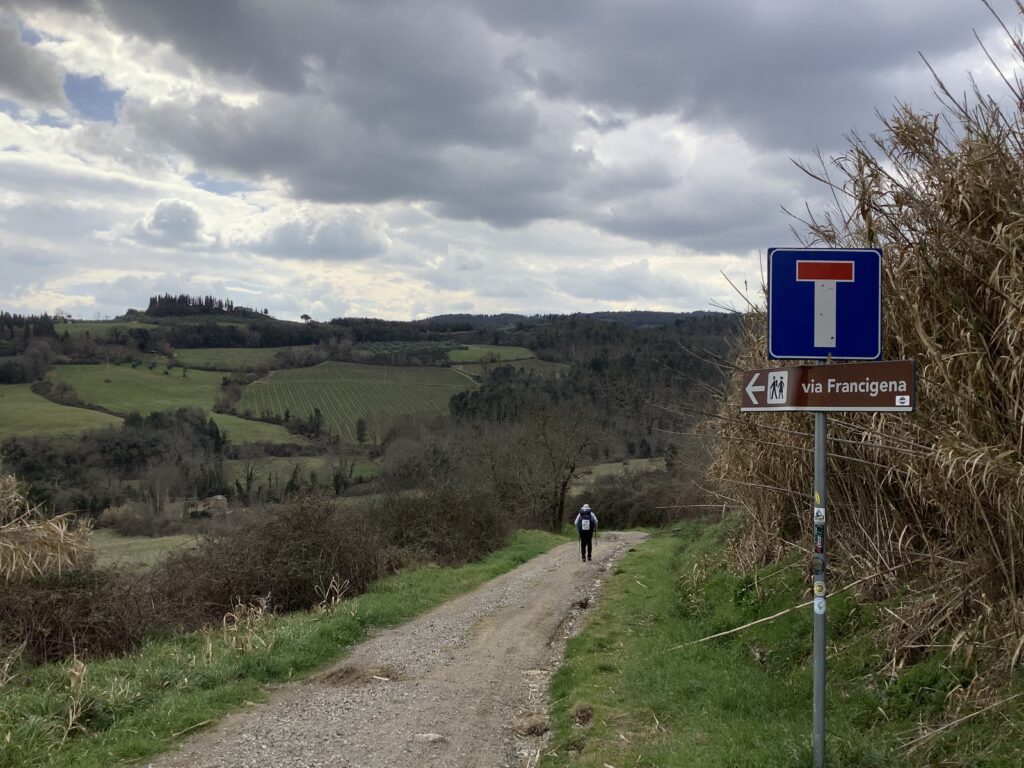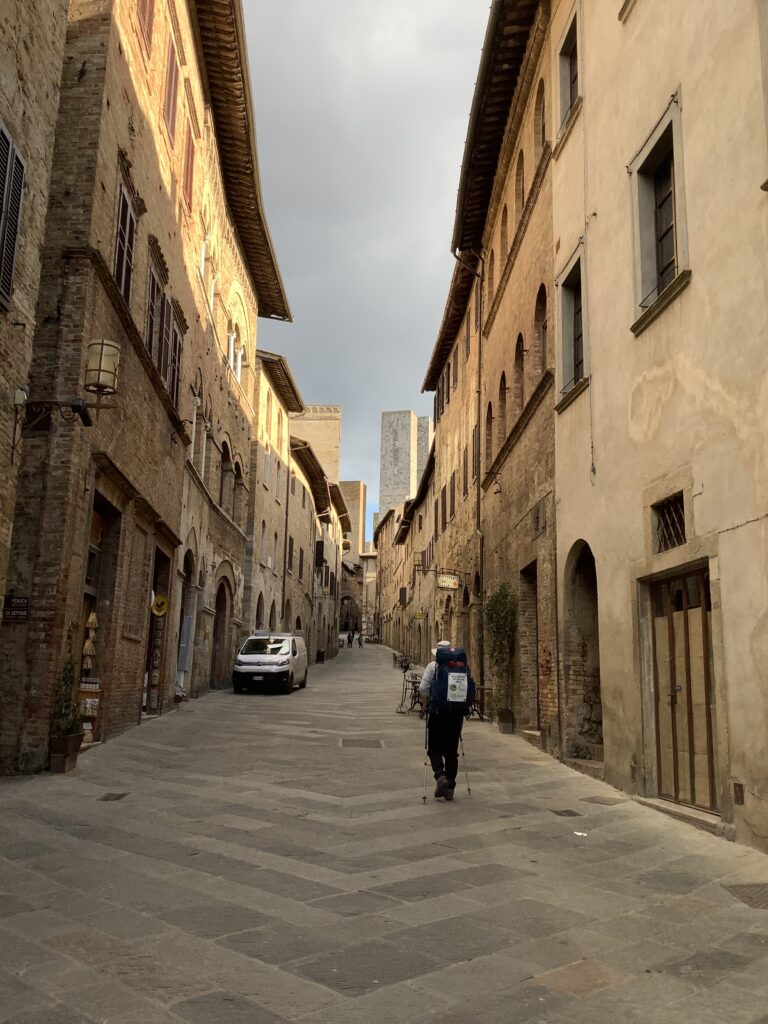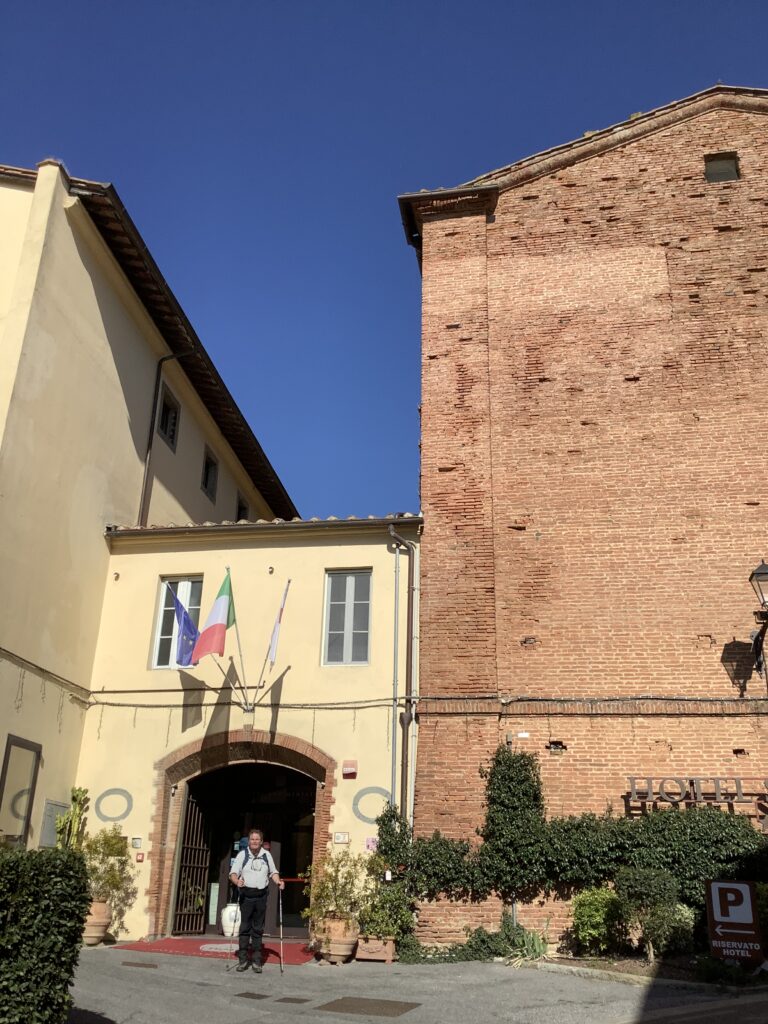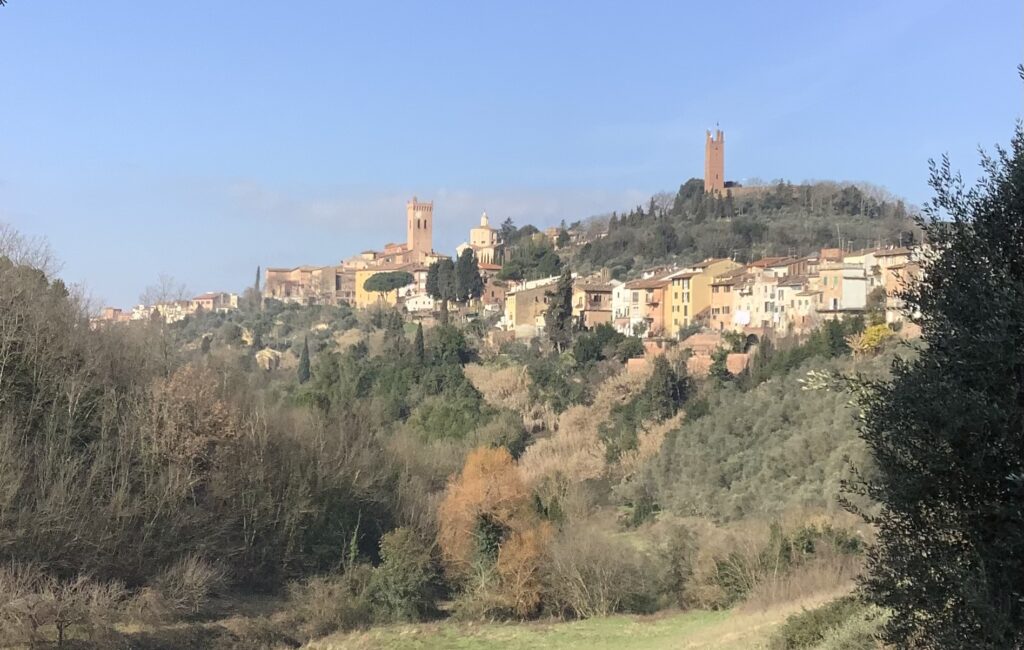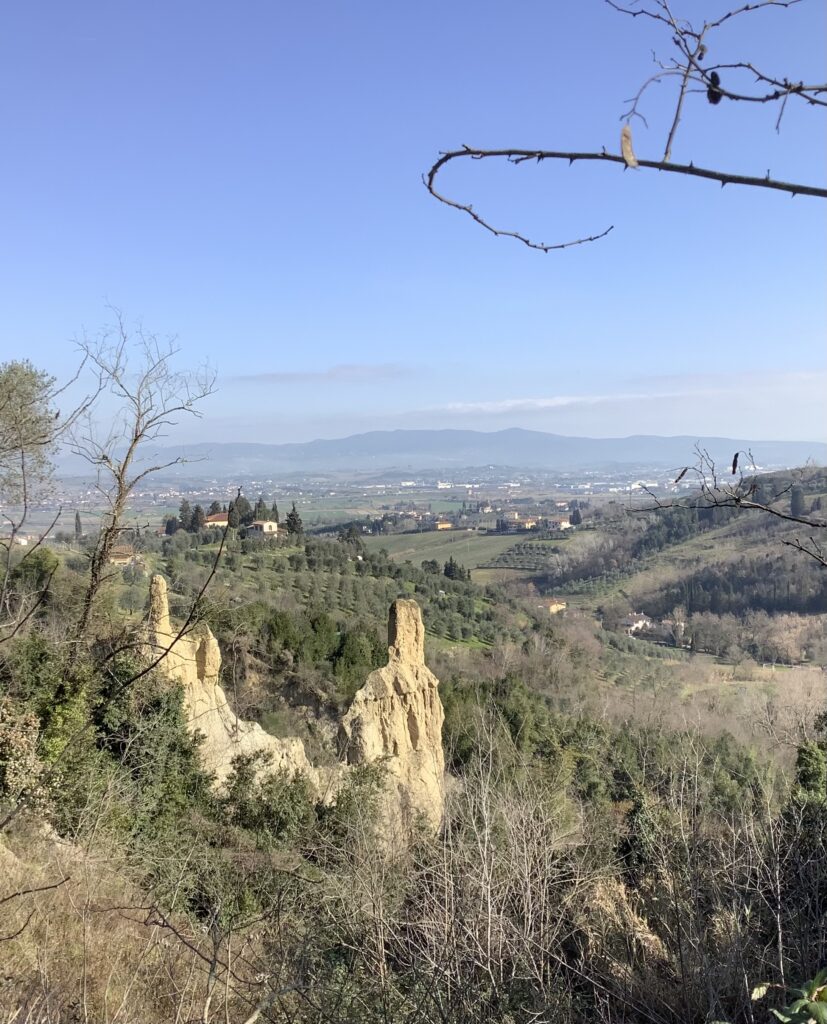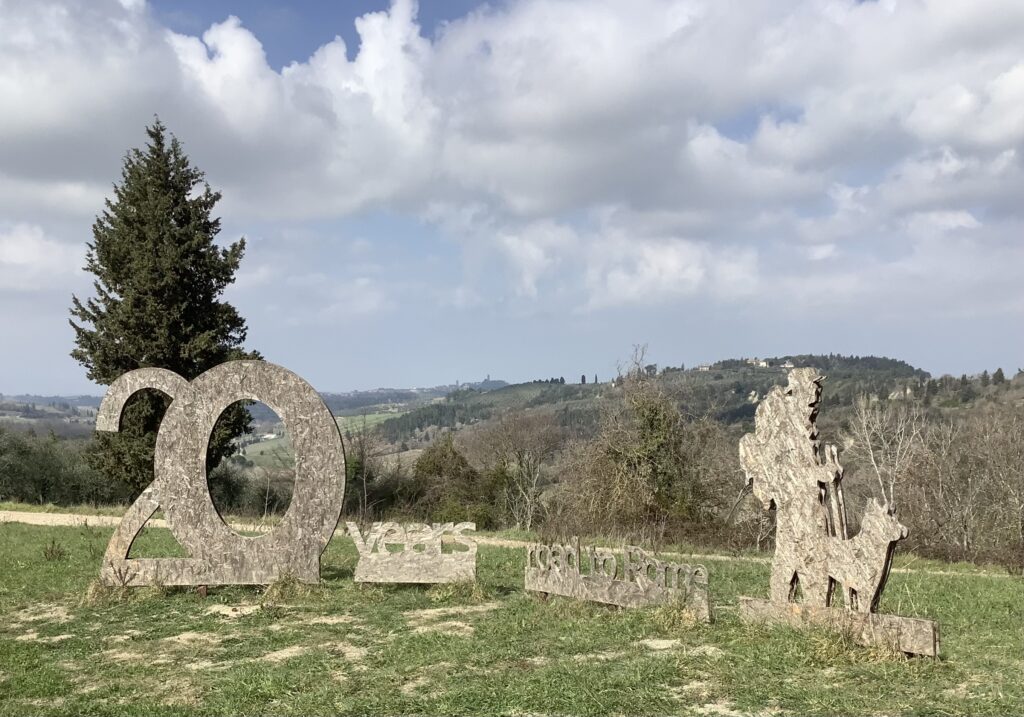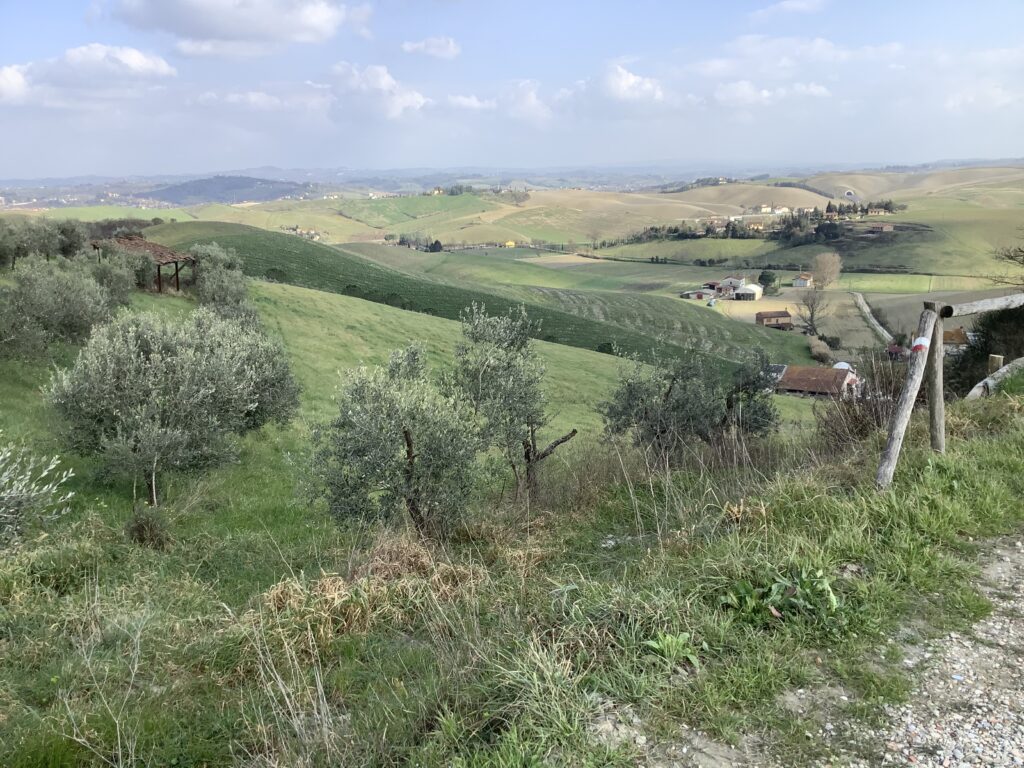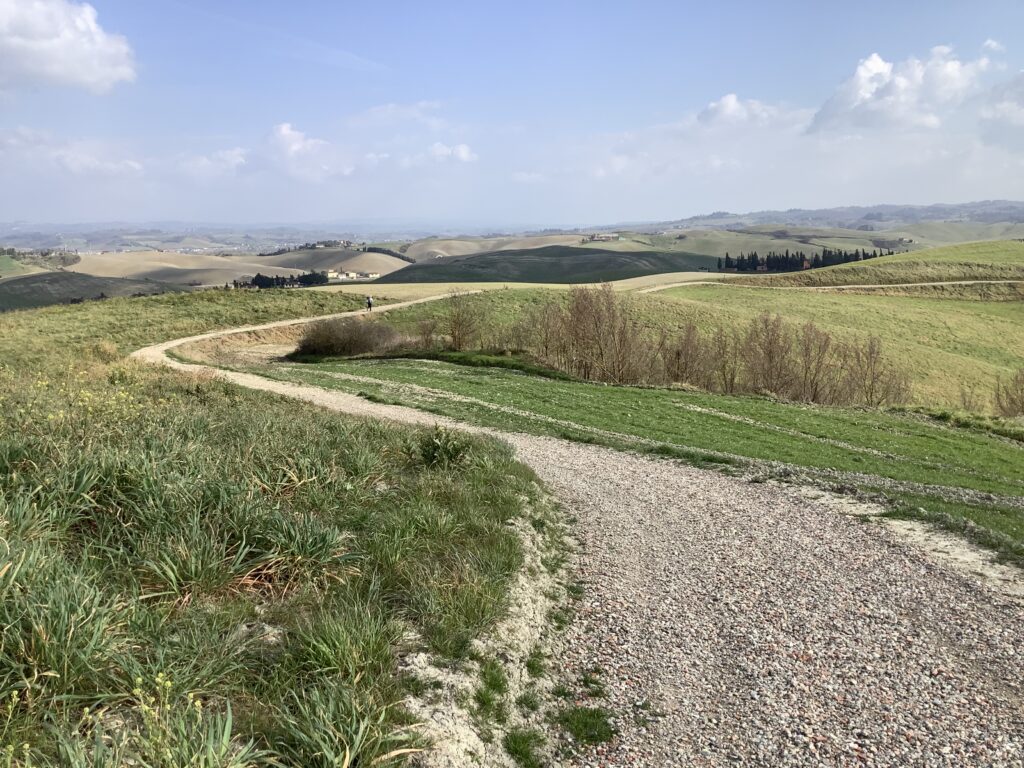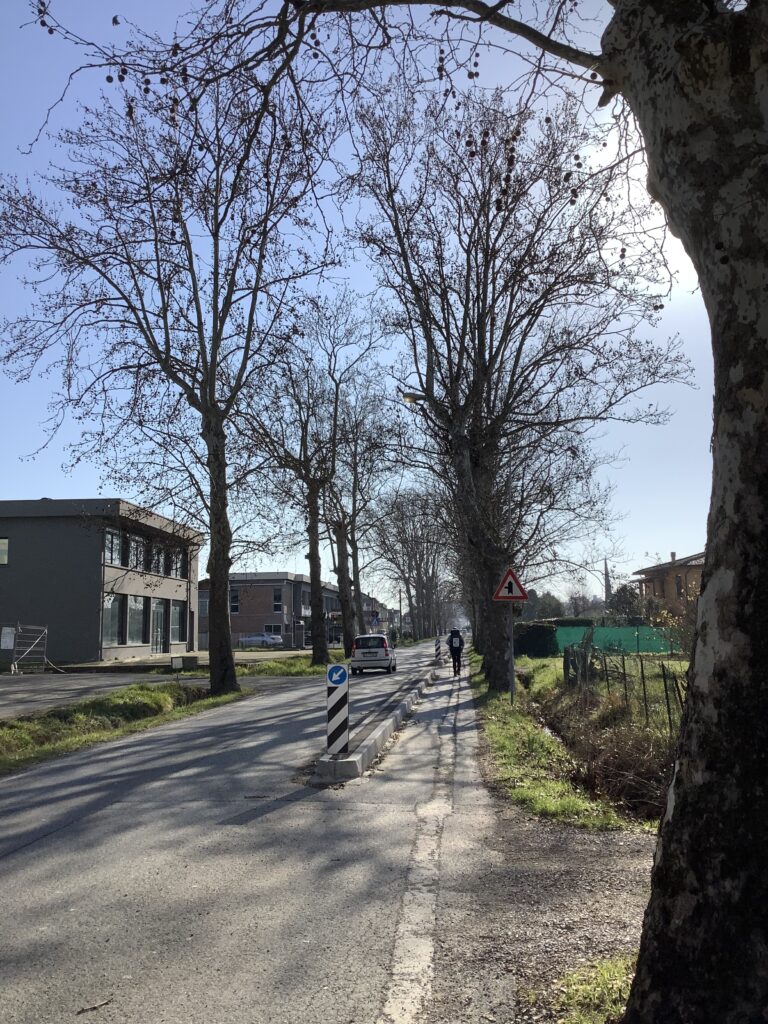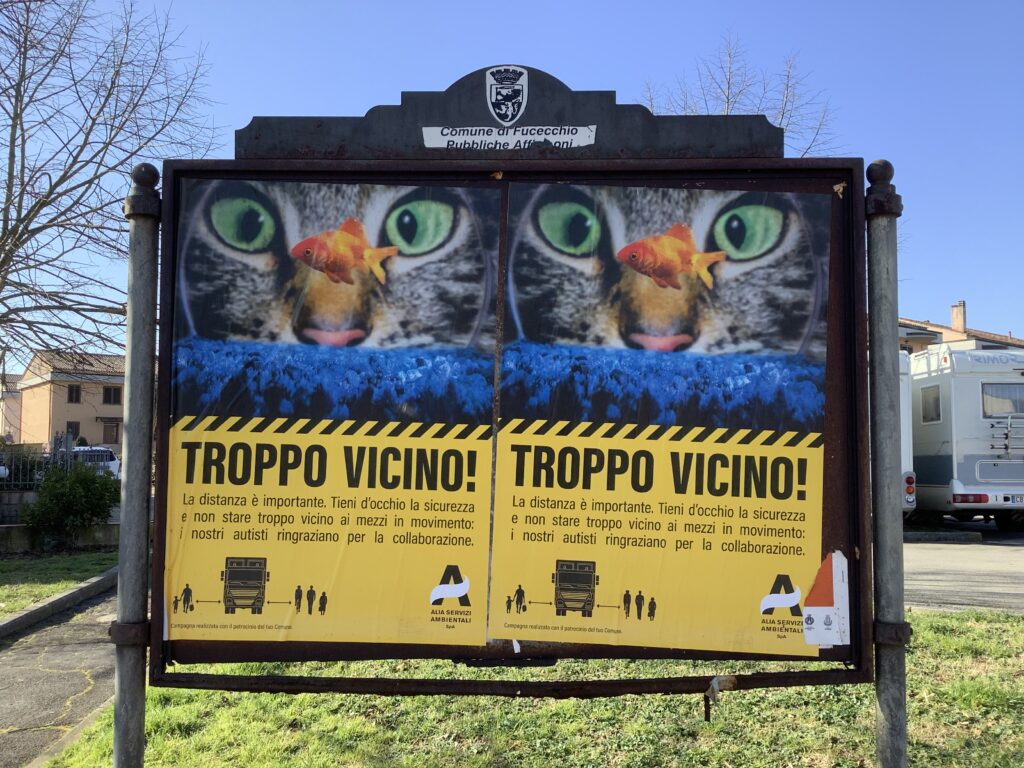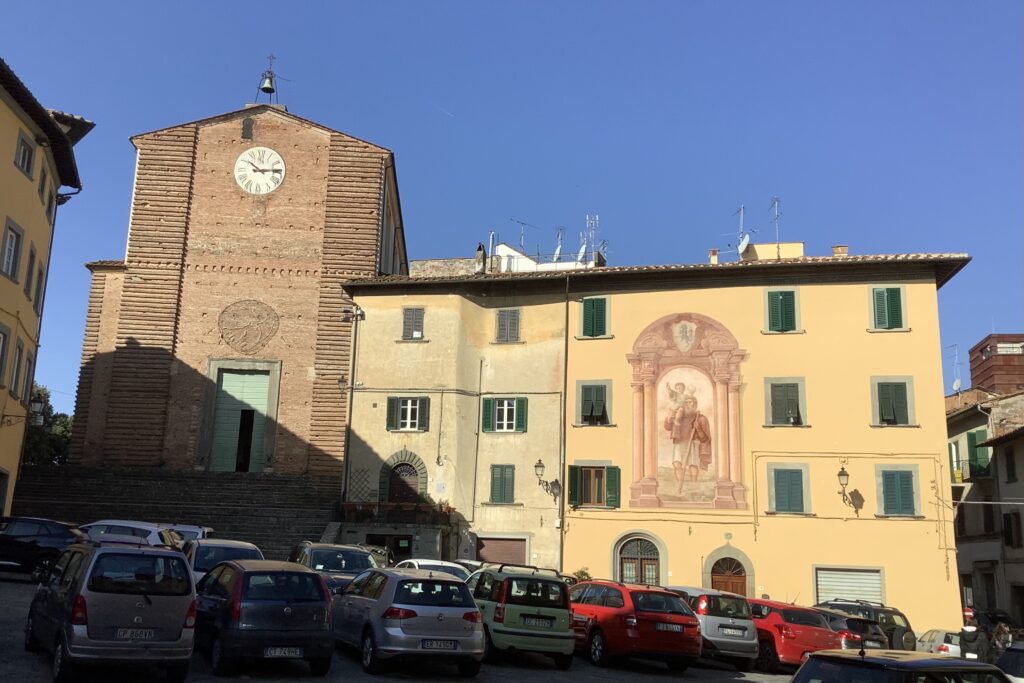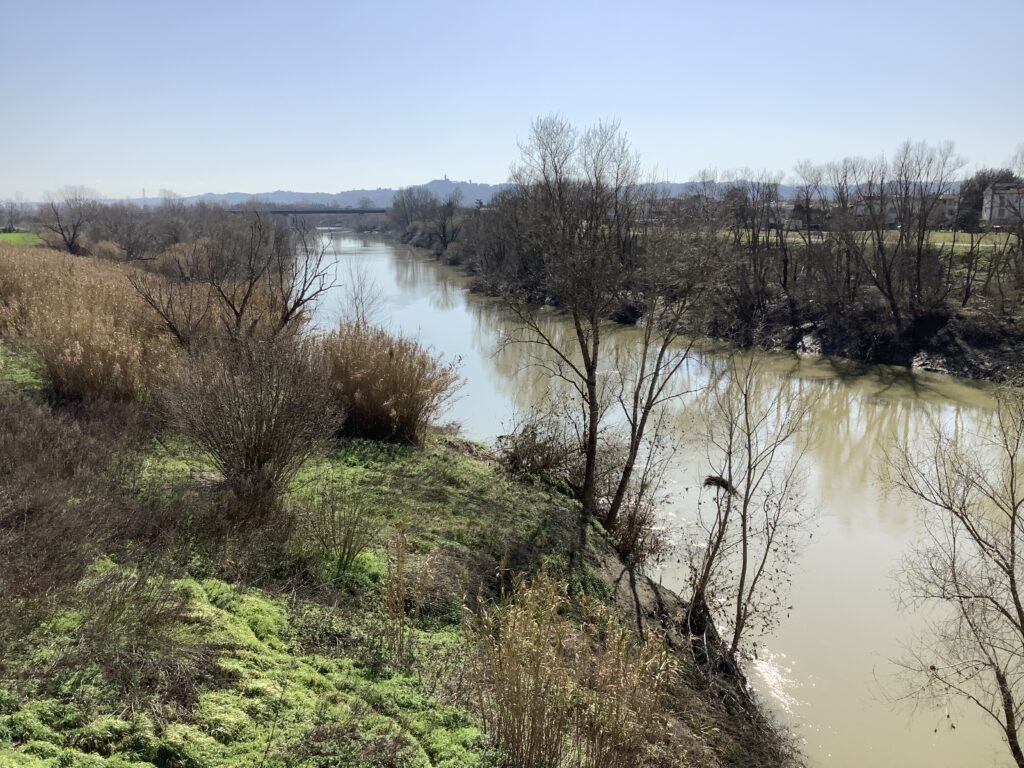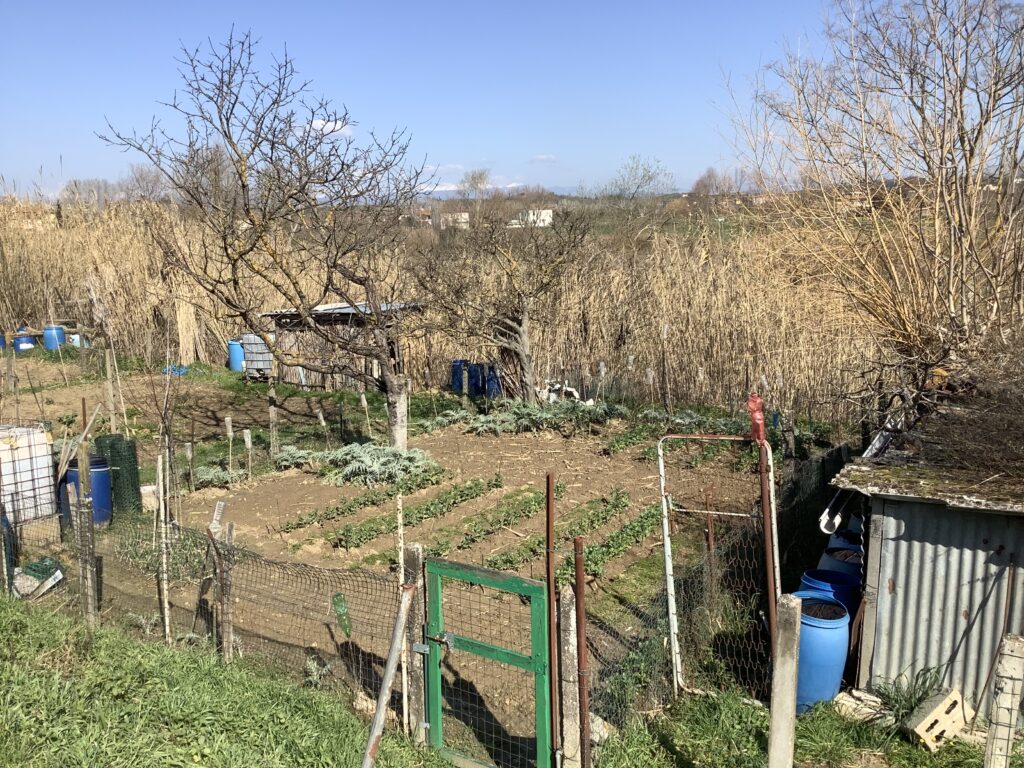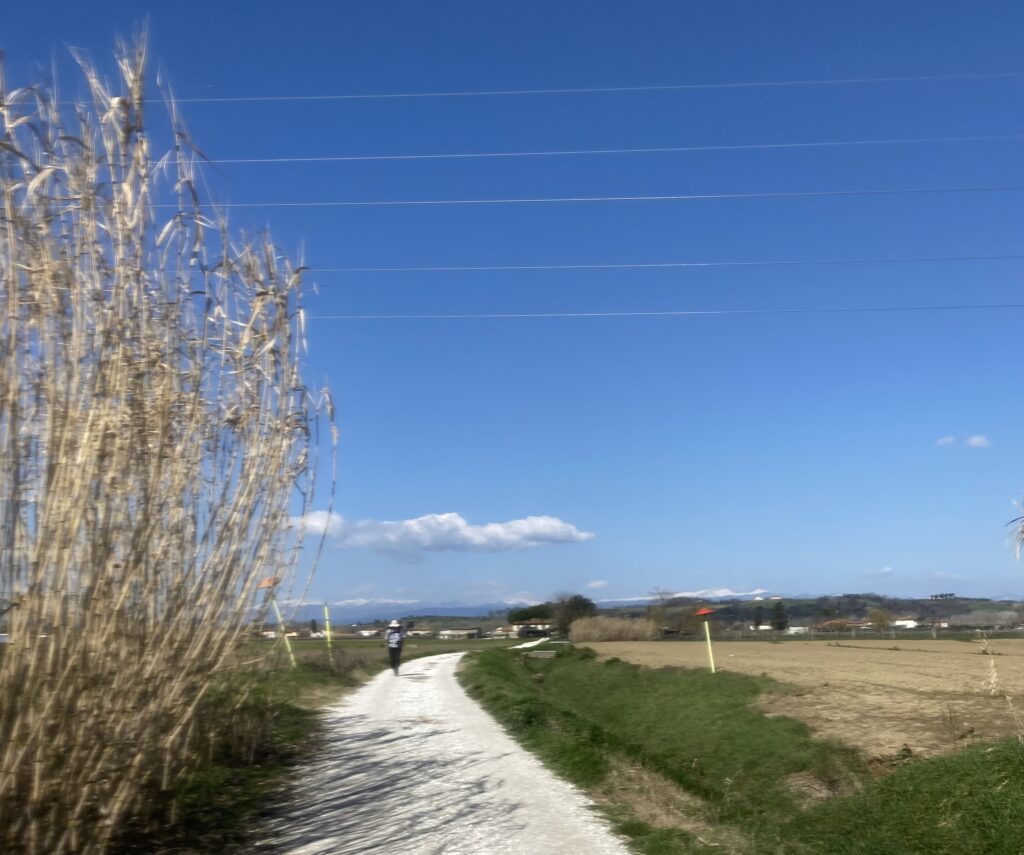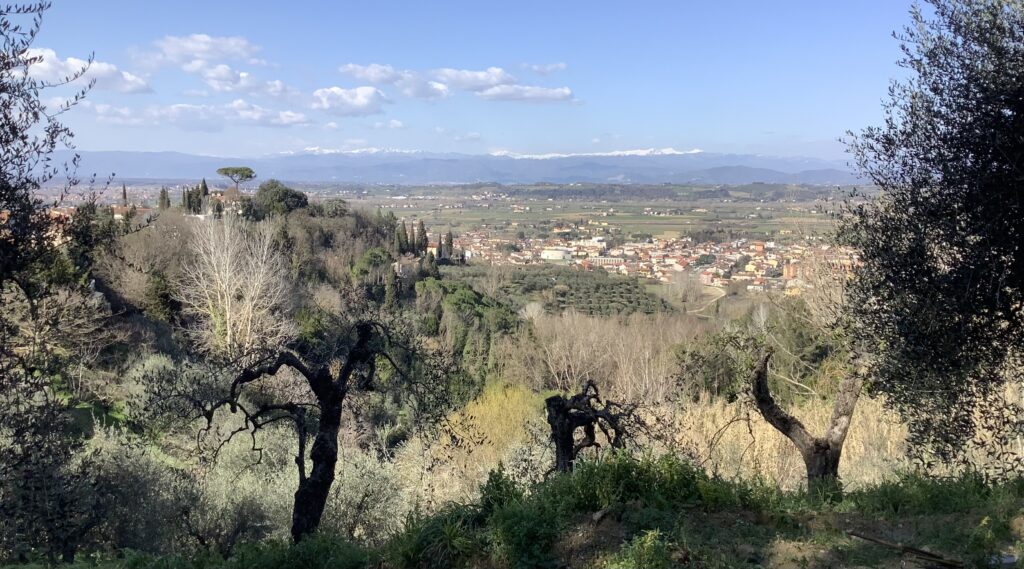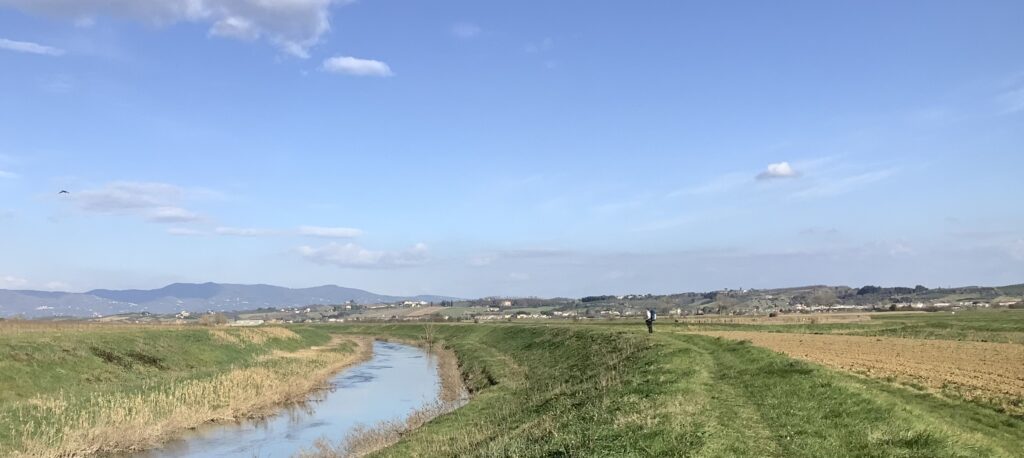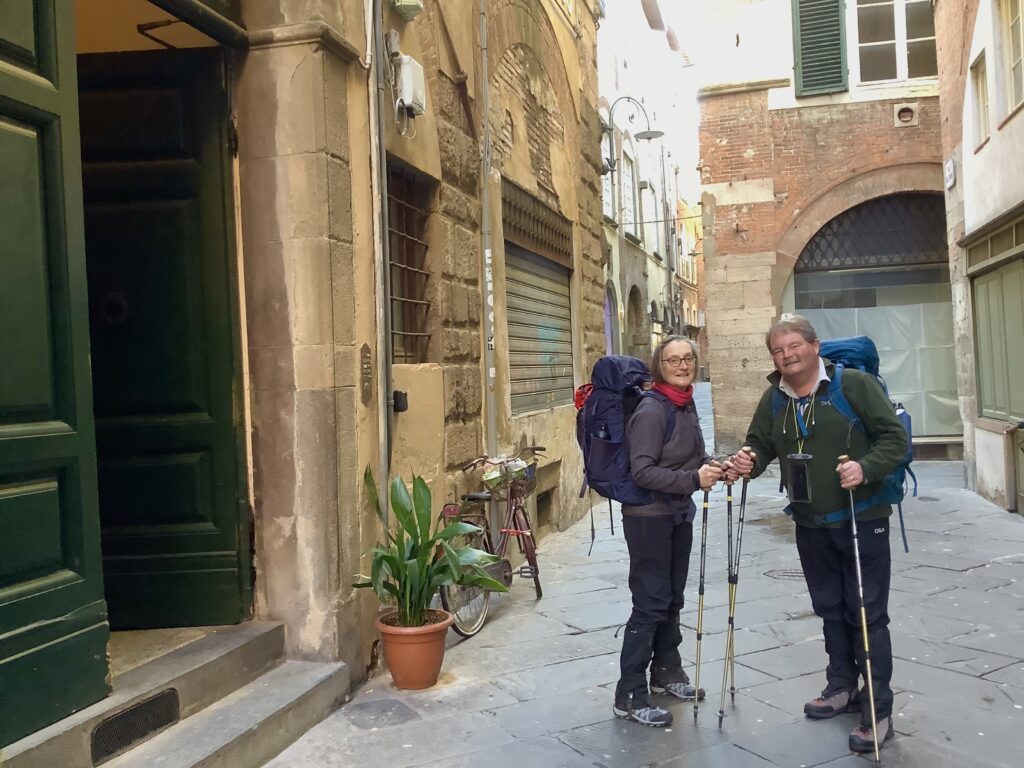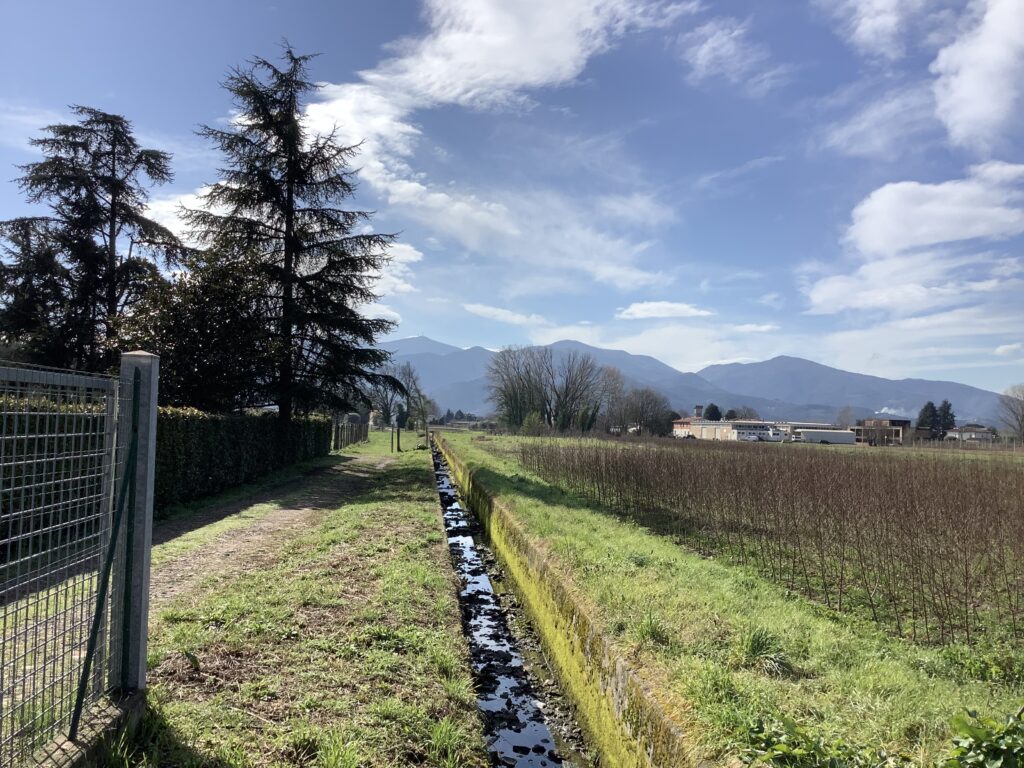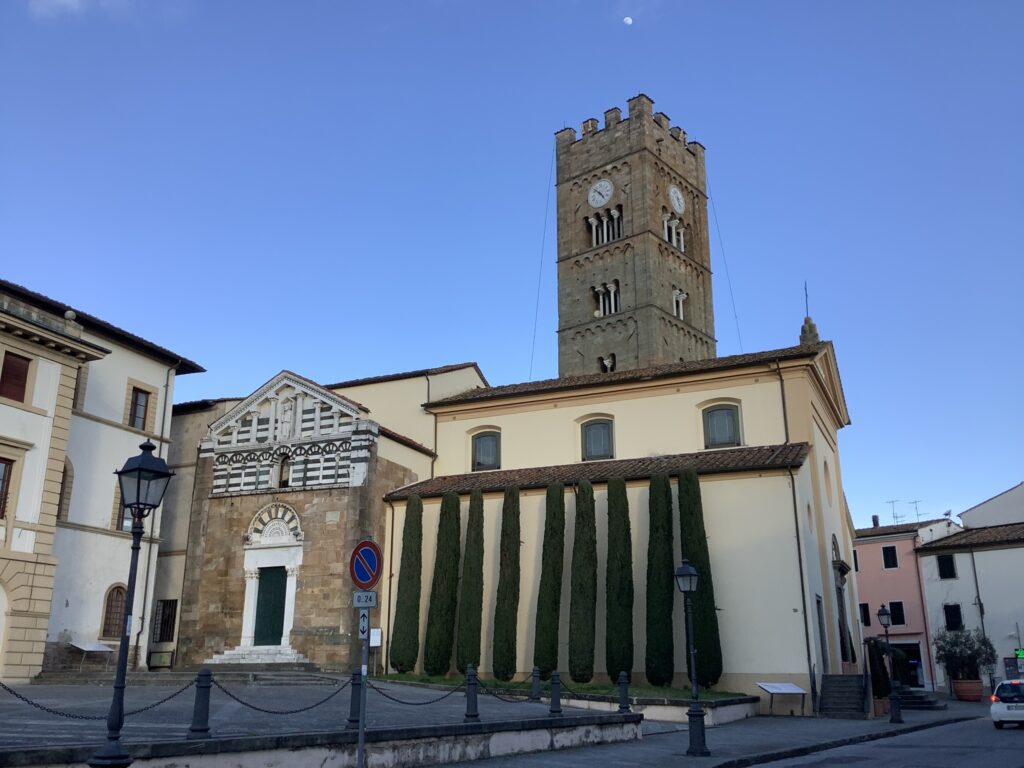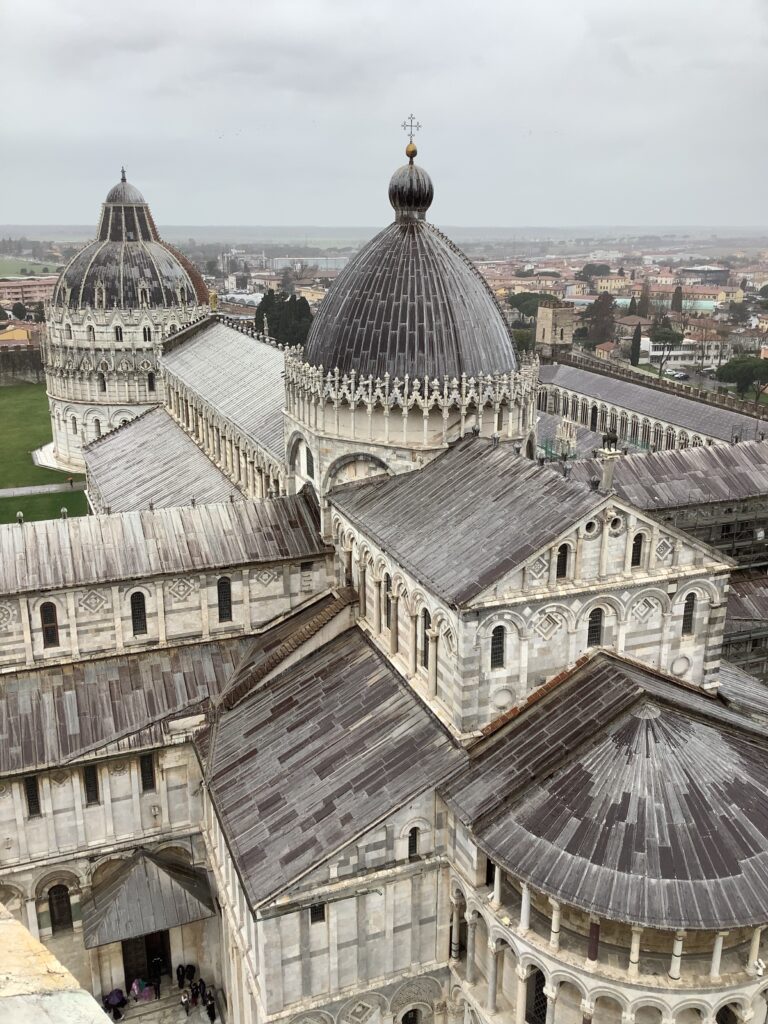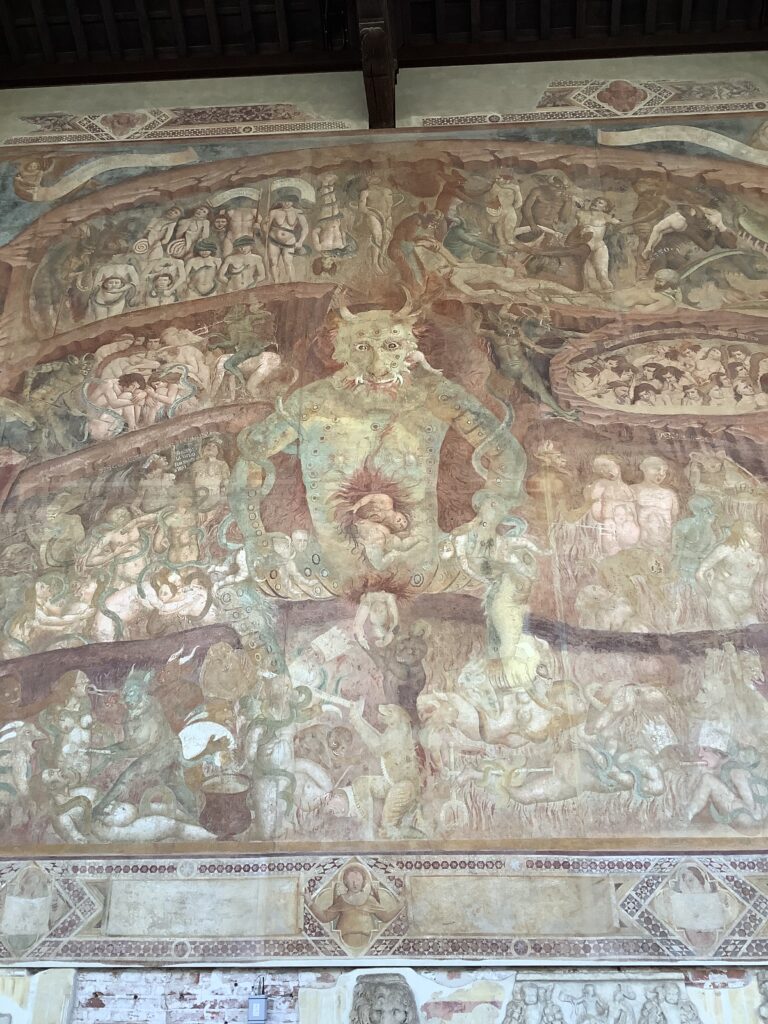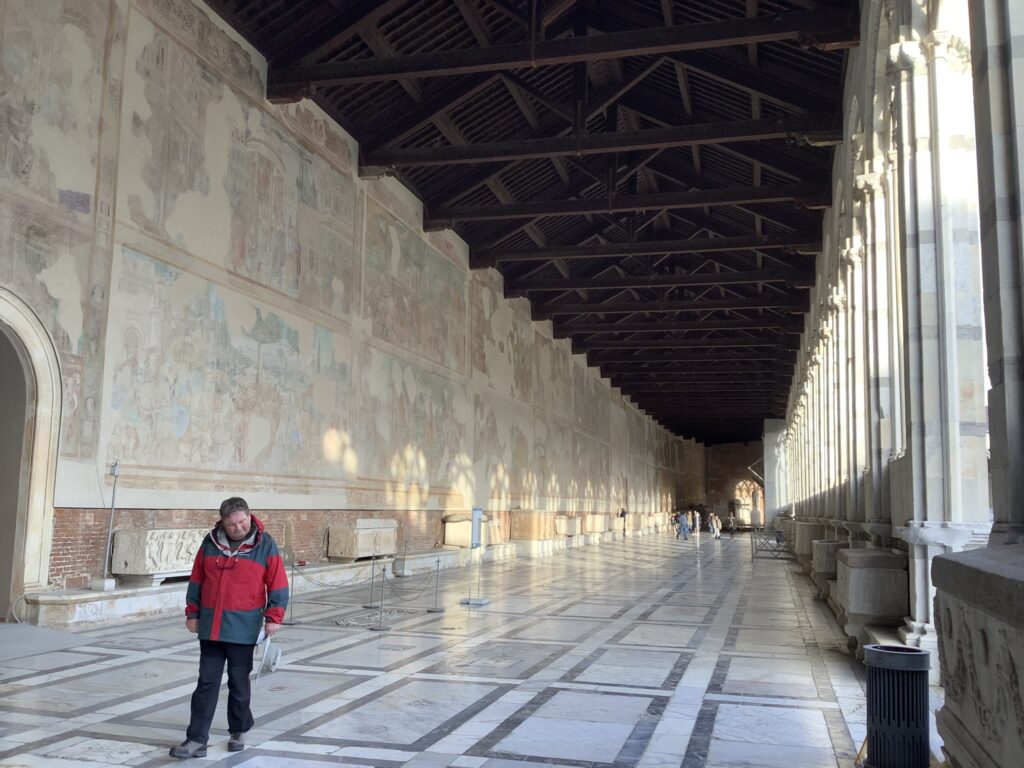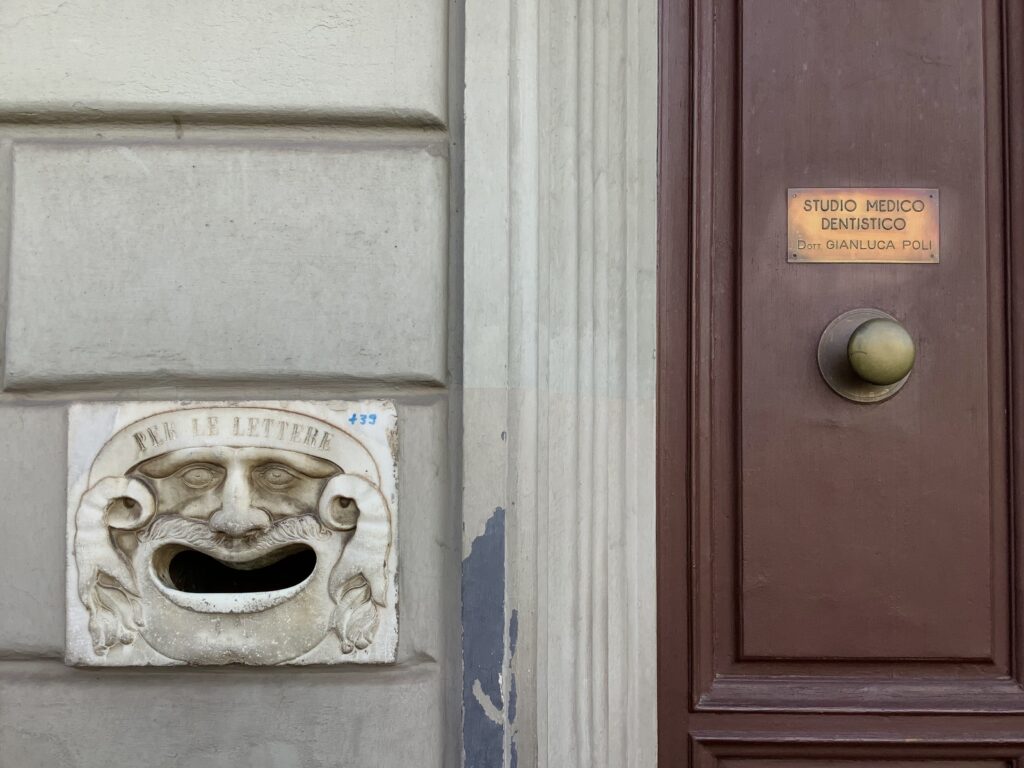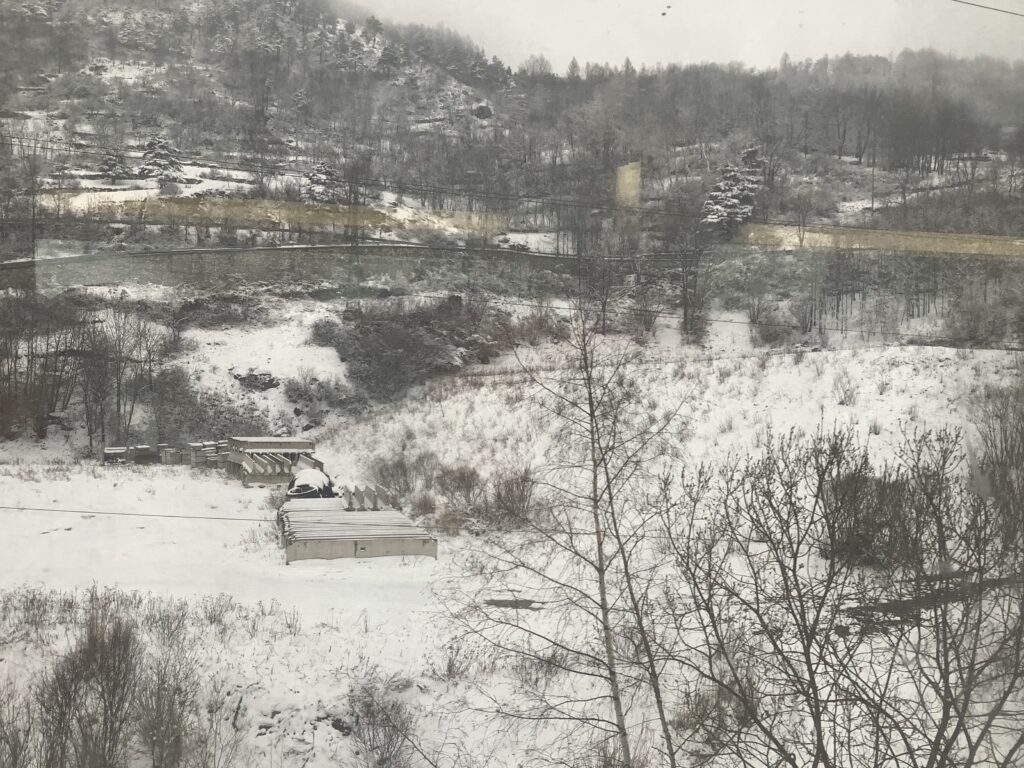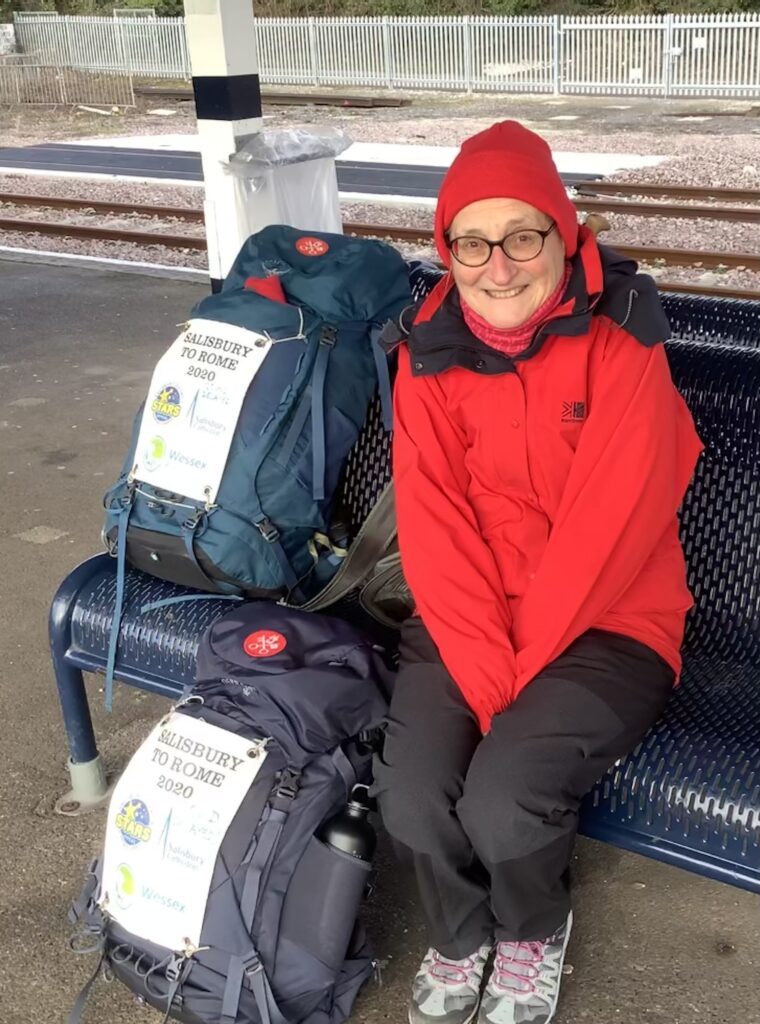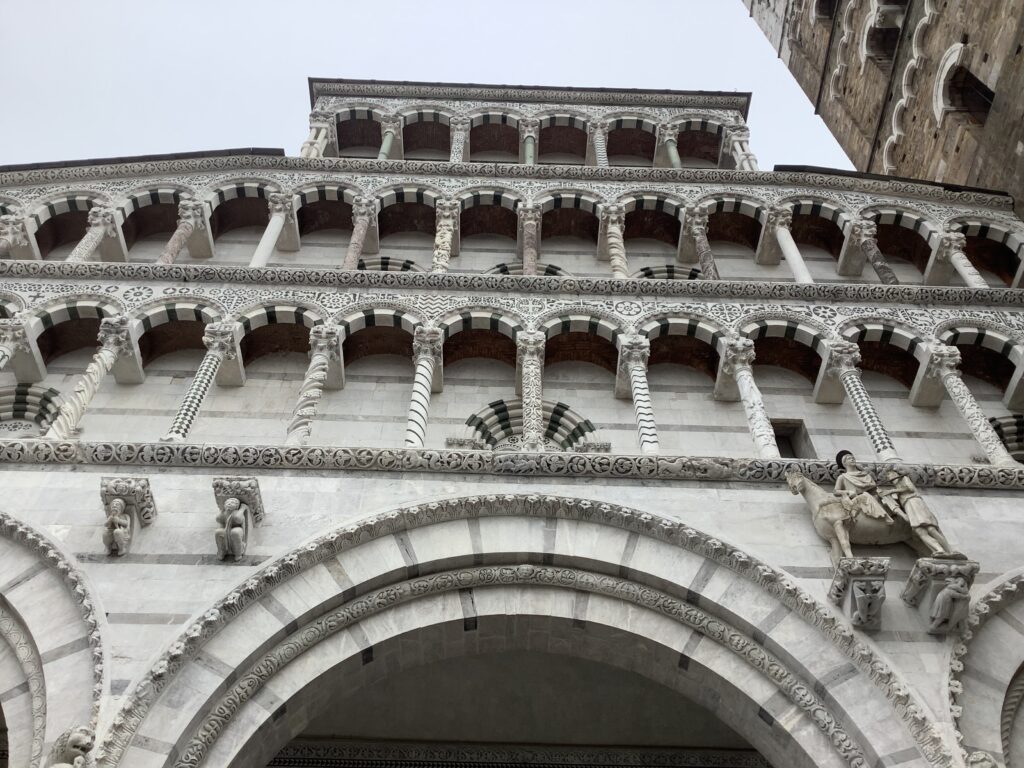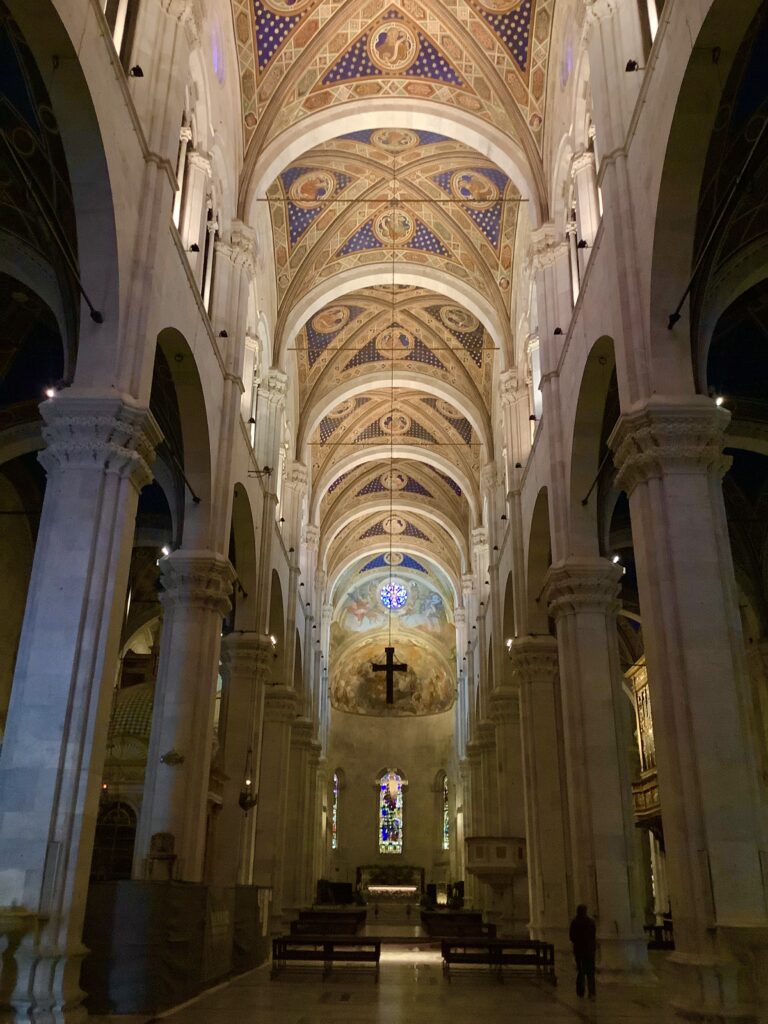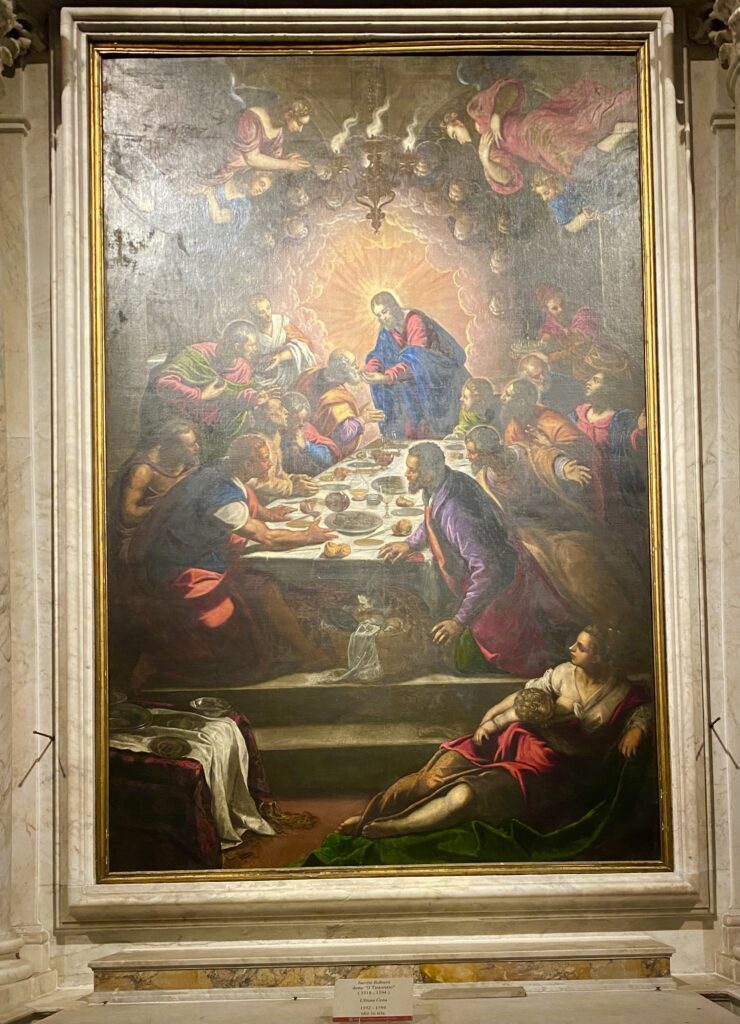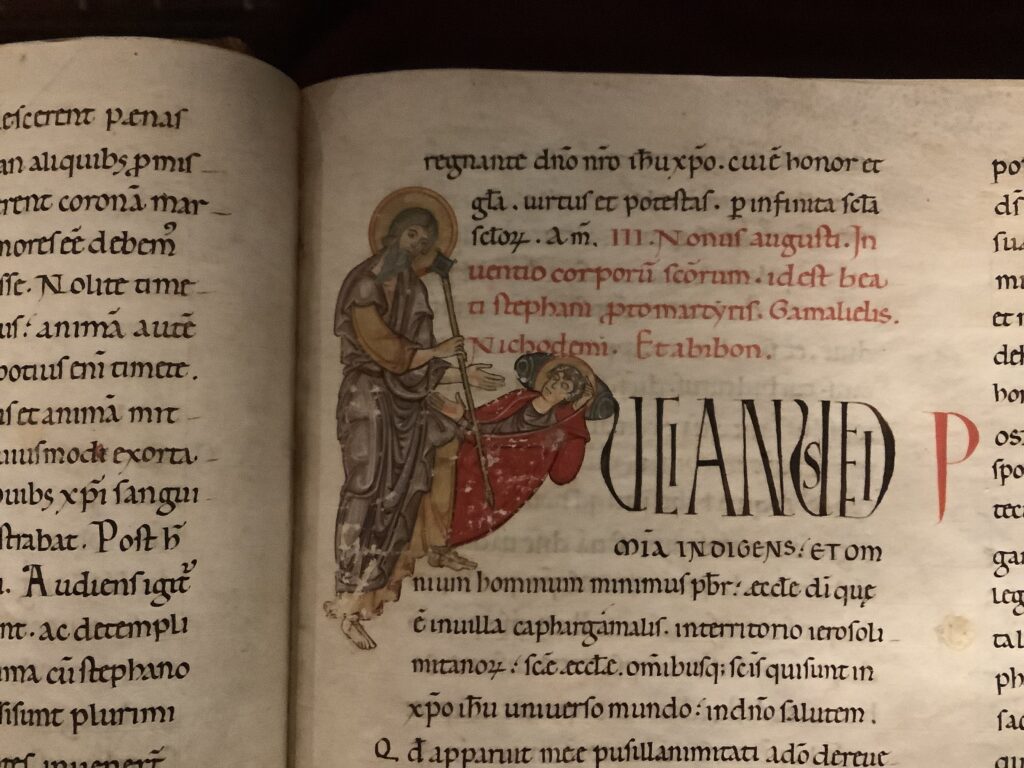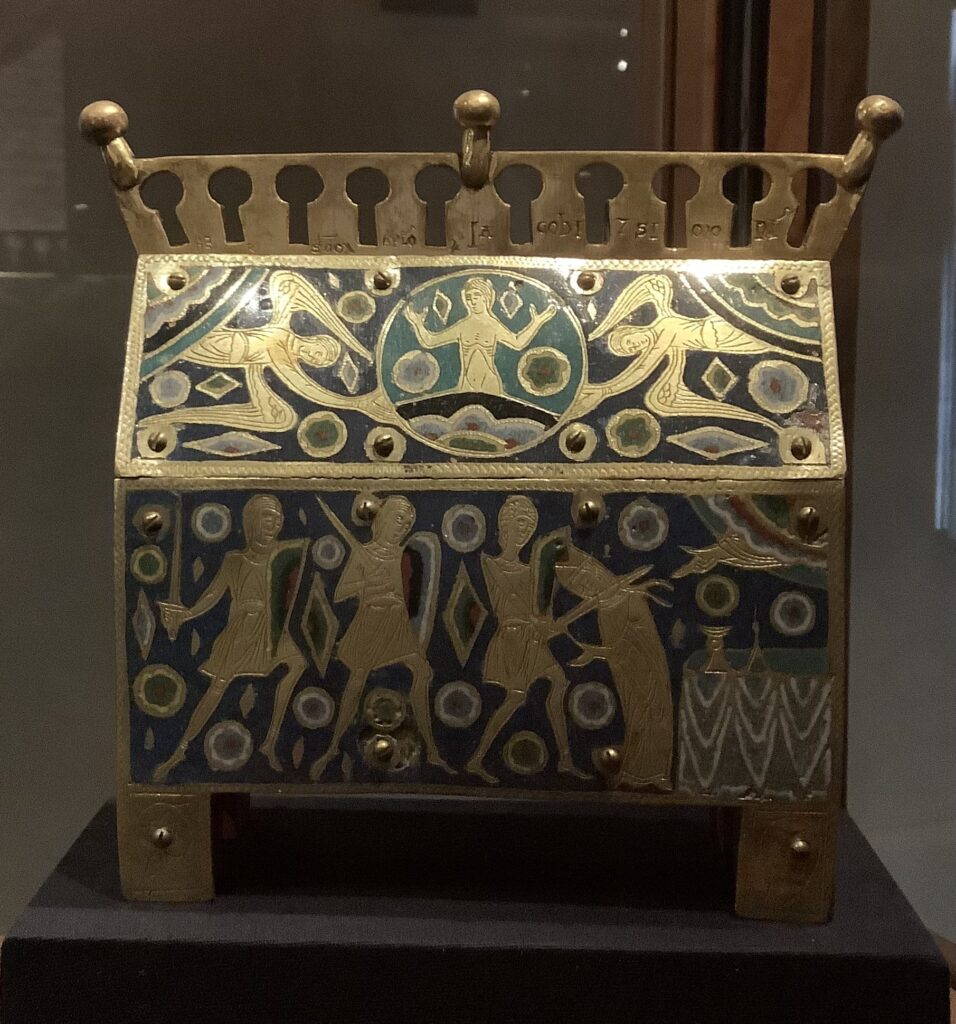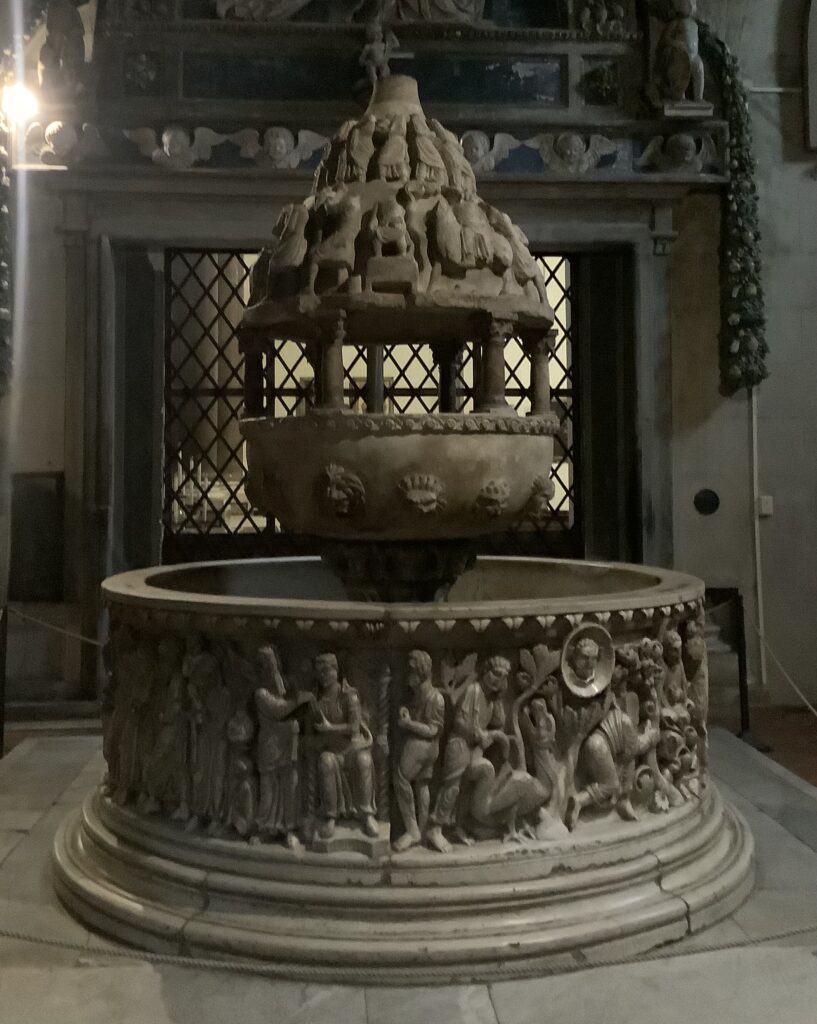Our room overlooks one of the main piazzas adjacent to the so-called duomo (strictly it is a collegiate church, not a cathedral since there is no bishop or diocese based from it). It is conveniently central and also comfortable. We enjoyed our rest day lie-in this morning despite the cleaning truck coming through very early. That’s why the centre is so clean! Breakfast is not provided, and on Tuesdays many eating places are closed, but the cafe/bar on Piazza della Cisterna around the corner was open so we sat in the warm sunshine for breakfast, watching the world go by. The tourist groups began arriving at about 1000 so we retreated back to our room to catch up with chores and sort out our blocked email account.

Having arrived reasonably early yesterday afternoon we were able to get our laundry washed and drying last night, so this morning’s tasks were to catch up with the blog, decide which of the many sights and museums to fit in, and then go in search of a nice lunch. There is a huge amount to see and do here, including several notable churches, tower houses, museums municipal and private, and simply wandering the streets soaking up the history and atmosphere.
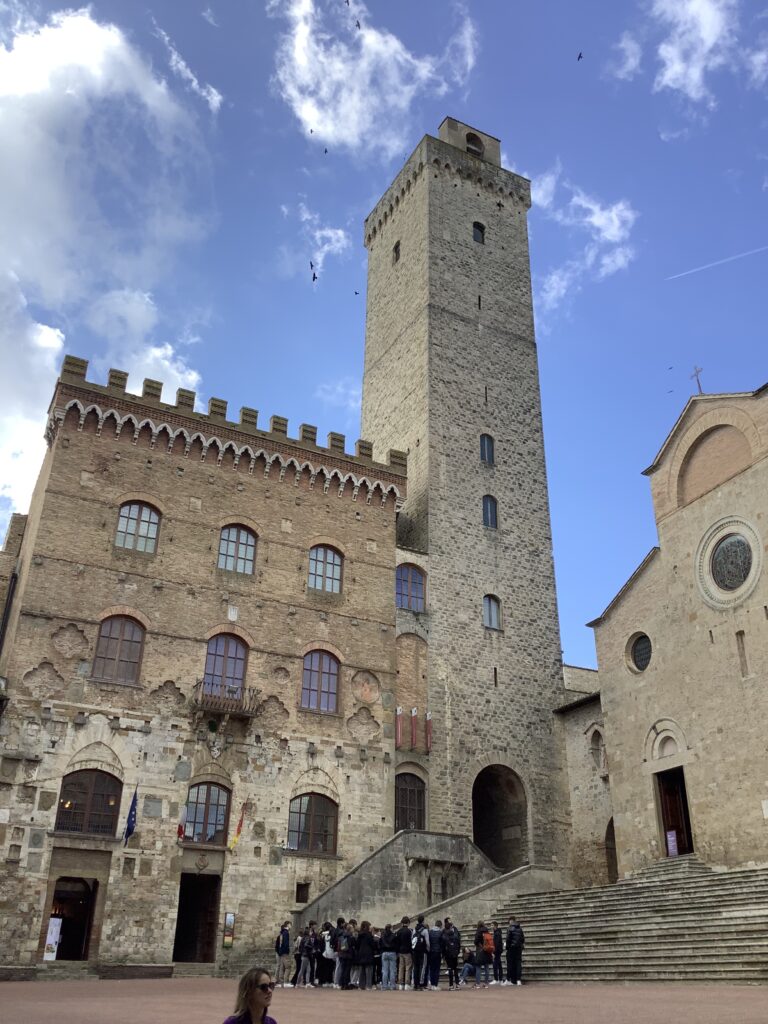
Modern San Gimignano is famous for saffron and Vernaccia wine which is only produced in this area so that settled what to have for lunch, with pasta, of course. There are also many shops selling leather goods, as well as tourist memorabilia, none of which we have capacity to carry so after a brief walk on the ramparts our next stop was the duomo.

Sadly, like Lucca, everyone is expected to pay an entry fee to be allowed into the duomo, but unlike Lucca there is no exception made for pilgrims with their pilgrim credentials. Clergy and the disabled are the only exceptions. We were allowed to enter to pray, but escorted to seats in the north transept, watched over, and then required to leave without being able to look at the church. It was a most demeaning experience as we were made to feel like suspects in a church which was only built here because of the Via Francigena pilgrimage route. After a tense stand-off with a man who behaved like he was guarding the church’s artistic treasures from us we went to the tourist office to complain. Here we were encouraged by a very sympathetic woman who told us that they receive many similar complaints from pilgrims. She encouraged us to lodge a formal complaint, which we did, and also to write to UNESCO, since it is a World Heritage Site. It leaves a rather bad taste in the mouth after walking 2,100kms to get here! Even Pisa, with its expensive entry ticket, allowed free entry into the duomo, choosing to profit mainly from tourists wanting to climb the leaning tower rather than from pilgrims or worshippers.
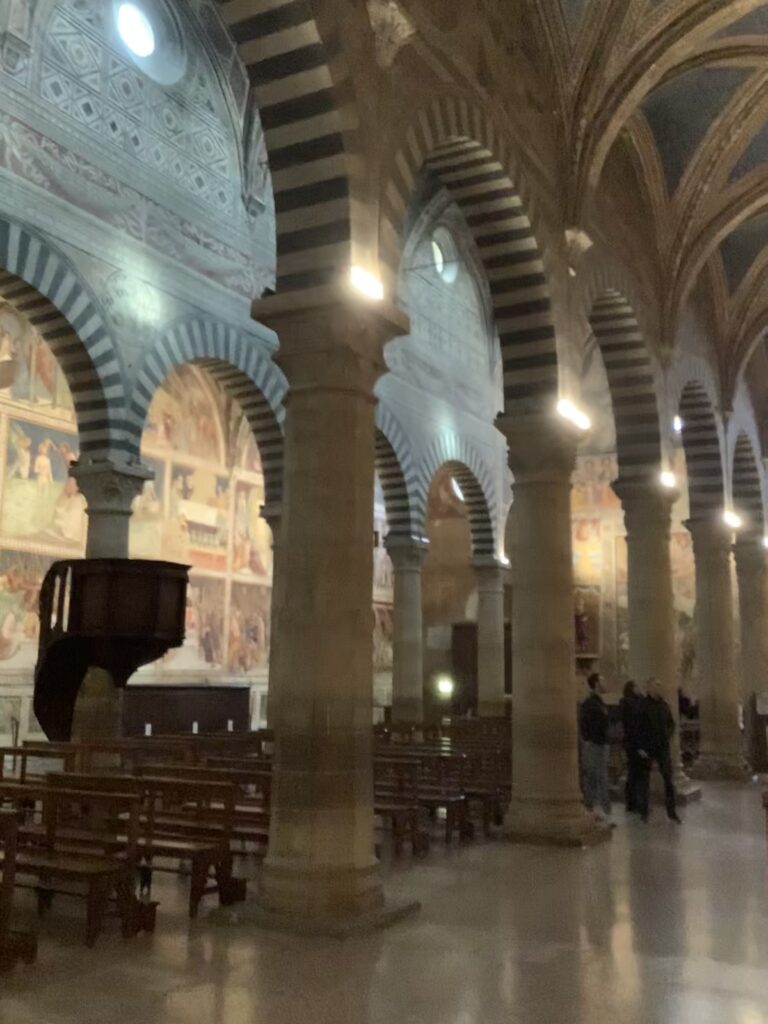
Needing to limit our efforts on a rest day, we decided just to visit the civic museum (housed in the 13th century Palazzo Comunale) which holds many medieval art treasures, and climb the tower (Torre Grossa, 54m high, built in 1311) for the views, which were spectacular. The Tuscan countryside is very beautiful.



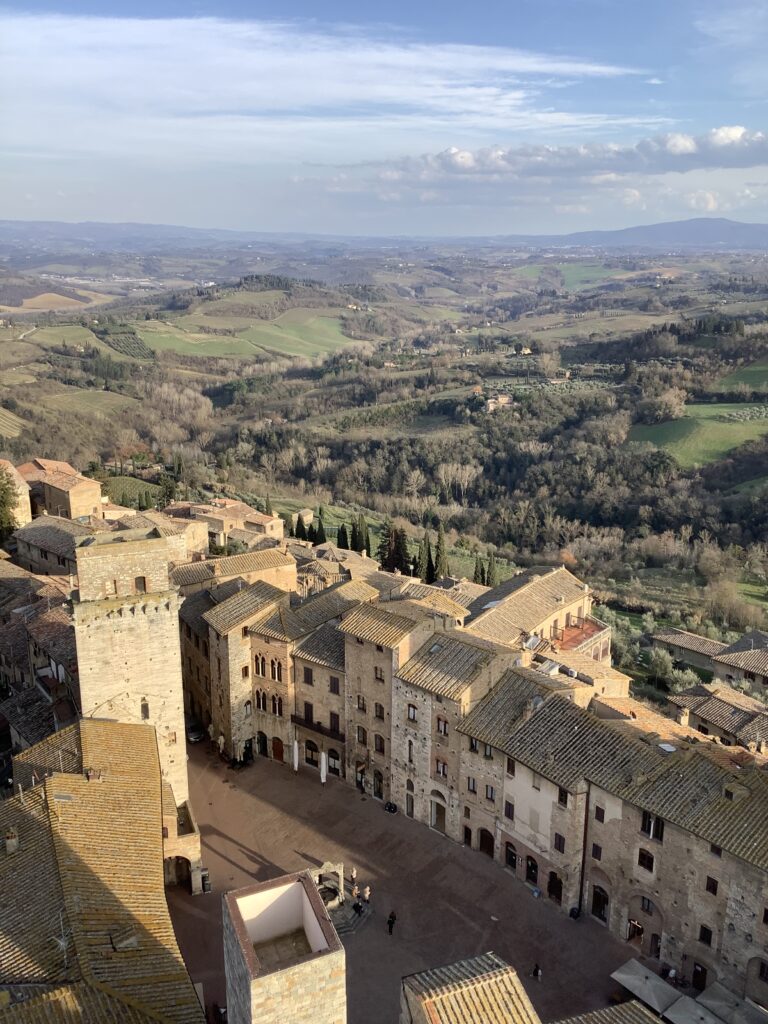

An enjoyable rest day, rather marred by the attitude of the local church towards pilgrims, but overall a good place to regather our strength for the onwards walk. It just remains to find a bar for a drink and a good restaurant for supper.





